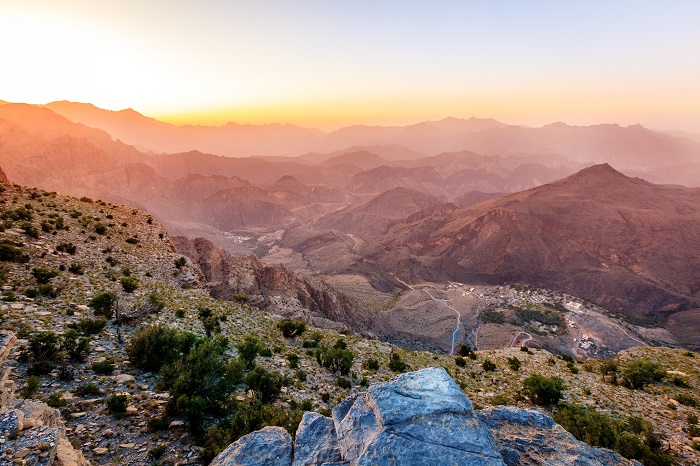
Times News Service
MUSCAT: A new scientific study has identified a hidden geological formation beneath Oman that has been slowly lifting the Earth’s surface for tens of millions of years.
The discovery places the Sultanate at the centre of a significant breakthrough in the understanding of Earth’s interior.
The structure, known as the Dani plume, is described as a “phantom” mantle plume — a column of hot rock rising from deep within the Earth that does not produce volcanic eruptions or leave surface traces.
Instead, this silent force pushes upwards from beneath the Salma Plateau in northeastern Oman, contributing to subtle but continuous land uplift.
The findings were published this month in the international journal Earth and Planetary Science Letters. This discovery marks the first time scientists have detected such a structure outside the context of active volcanic areas.
No volcanoes, but the ground is rising
Unlike volcanic plumes found in areas such as Hawaii or Iceland, the Dani plume is amagmatic — meaning it does not erupt or create visible volcanoes. It lies approximately 200 to 300 kilometres beneath the surface, with temperatures estimated to be 100 to 300°C hotter than the surrounding mantle rock.
Despite its depth, researchers say its effects are evident. Geological layers originally laid down during the Paleocene-Eocene period — roughly 50 million years ago — have been found more than 2,000 metres above their initial positions.
Although this shift has occurred at a very slow pace, with present-day rates estimated at less than one millimetre per year, the cumulative effect over geological timescales is significant.
Discovered through seismic imaging in Oman
The plume was detected using seismic wave data from Oman’s geophysical monitoring network. Researchers observed that sound waves travelling through the region moved differently than expected, indicating a large mass of hotter, less dense material deep underground.
Led by Dr. Simone Pilia, the international research team identified the plume as the first of its kind beneath a continental landmass — unlike previously known plumes which typically lie under oceanic plates.
“This is a structure that challenges many of our assumptions about how the Earth’s mantle works,” said Dr. Pilia. “It shows that deep heat and pressure are shaping the landscape even where there is no volcanic activity.”
The discovery sheds new light on Oman’s geological activity and could help explain patterns of regional shift and crustal movement. While the plume does not pose any direct hazard, its presence offers new context for long-term tectonic processes in the region — including the Makran subduction zone to the northeast.
Geologists believe that similar “ghost” plumes may exist under other continents but remain undetected due to their lack of surface activity.
The Dani plume’s discovery opens the door to further research across the Arabian Peninsula and beyond.
Evidence suggests that the plume’s heat may have contributed to the shifting of the plate, a process that began around 50 million years ago. The study’s authors speculate that this event may have even contributed to the formation of the Himalayas, though more research is needed to confirm this link.